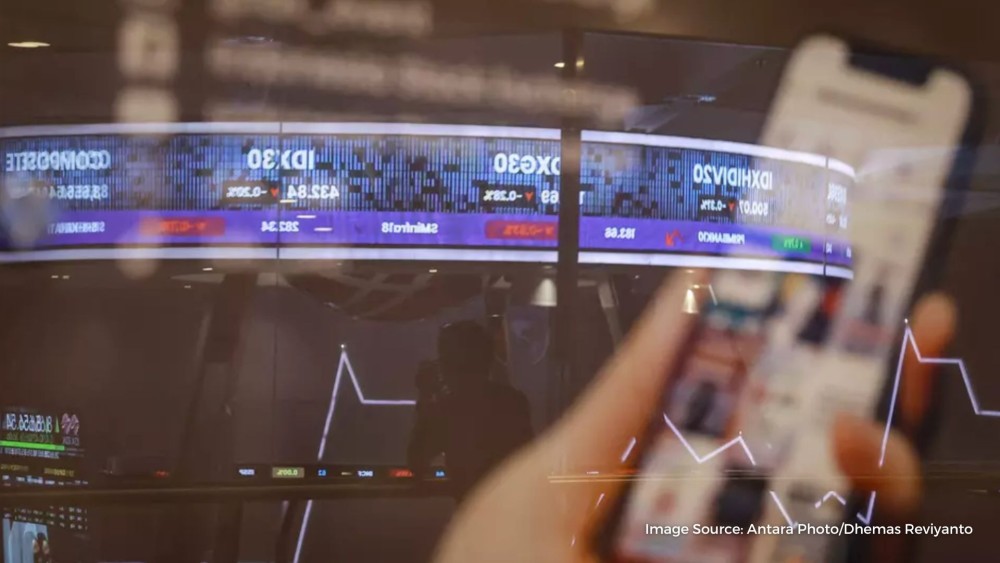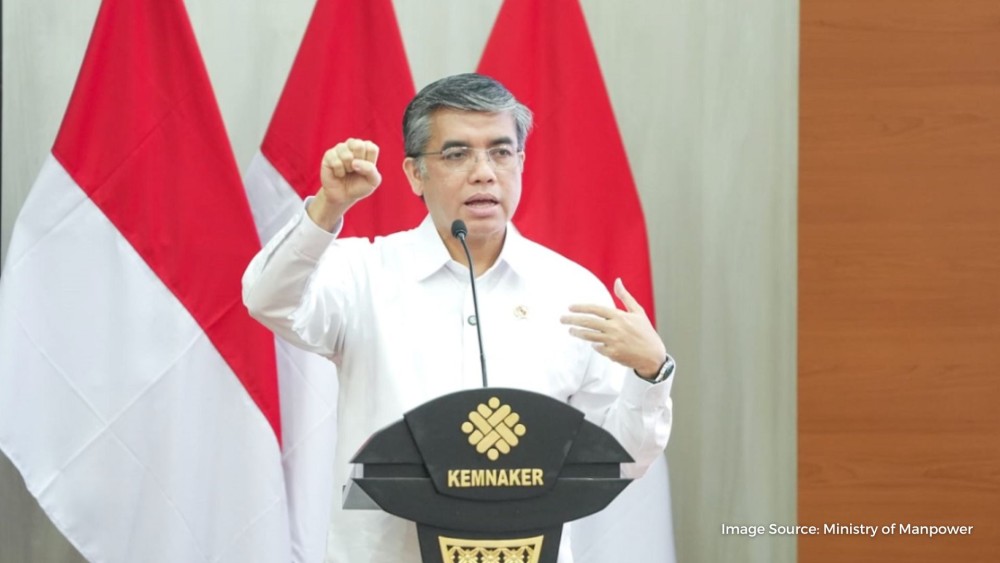Indonesia posts 5.11% economic growth in Q1 2024
07 May 2024

Indonesia’s economy outpaced forecasts by posting an annual growth of 5.11% (year-on-year) in the first quarter of 2024 following increased public spending due to the national elections and increased household consumption during the Islamic fasting month of Ramadan, the Indonesian Statistics Agency (BPS) reported on Monday, May 6, 2024.
Gross Domestic Product (GDP) reached Rp 5,288.3 trillion (roughly US$330.5 Billion, assuming an exchange rate of Rp 16,000 per $1) in the January to March period of 2024. This Q1 growth is the fastest in the last three quarters, exceeding the 5% rate expected by a recent Reuters poll and above the 5.04% recorded in the fourth quarter of 2023.
On a quarterly, non-seasonally adjusted basis, GDP shrank 0.83% in the first quarter, compared to the 0.89% contraction forecasted by the poll.
“Amid declines in prices of the main export commodities, Indonesia’s economy grew a solid at 5.11%. That growth was supported by strong domestic activity,” said Amalia Widyasanti, acting chief of the BPS during Monday’s news conference, as quoted by Nikkei Asia.
In terms of production, the government administration, defense, and social security sector grew the fastest at 18.88% in the first quarter of 2024 compared to just 2.1% in the same period last year, which showcases the effect of the recent national election on the economy. The health services and social activity sector was the second fastest with 11.64%, followed by corporate services at 9.63%. Notably, the mining sector continued to show remarkable growth, having the fourth fastest rate at 9.31%.
In terms of distribution, the manufacturing sector continues to dominate the country’s economic structure with a 19.28% share of the GDP, followed by trade and retail with 13.15%, and then agriculture with 11.61%. The construction and mining sectors contributed 10.23% and 9.34%, respectively. Altogether, these five sectors account for 63.61% of Indonesia’s economy.
Geographically, the island of Java also continues to be the country’s economic center with 57.7% of the GDP share. However, the islands of Maluku and Papua recorded impressive growth at 12.15%, followed by the island of Sulawesi with 6.35% – which illustrates the effects of the mining sector boom on the regions. Meanwhile, the island of Kalimantan showed the third fastest growth of 6.17%, likely due to the development of the New Capital City (IKN) Nusantara.
Outlook
Economists remain bearish on the economic outlook for the rest of the year, stating that the election and the holiday season are one-off factors and that the Indonesian economy would continue to be pressured by higher-for-longer U.S. interest rates, Middle East tensions, as well as Indonesia’s own rate-hiking cycle.
Last month, Indonesia’s central bank BI surprised the market by increasing its reference interest rate by 25 basis points to 6.25% to support the Rupiah, which had fallen to four-year lows amid global market volatility.
The Rupiah has recovered its value in the past few days, though it remains above the psychological point of Rp 16,000 per $1 as of 10.32 UTC Monday.
The Indonesian government forecasts between 5.3 and 5.6% in GDP growth this year, up from the 5.05% recorded last year.






